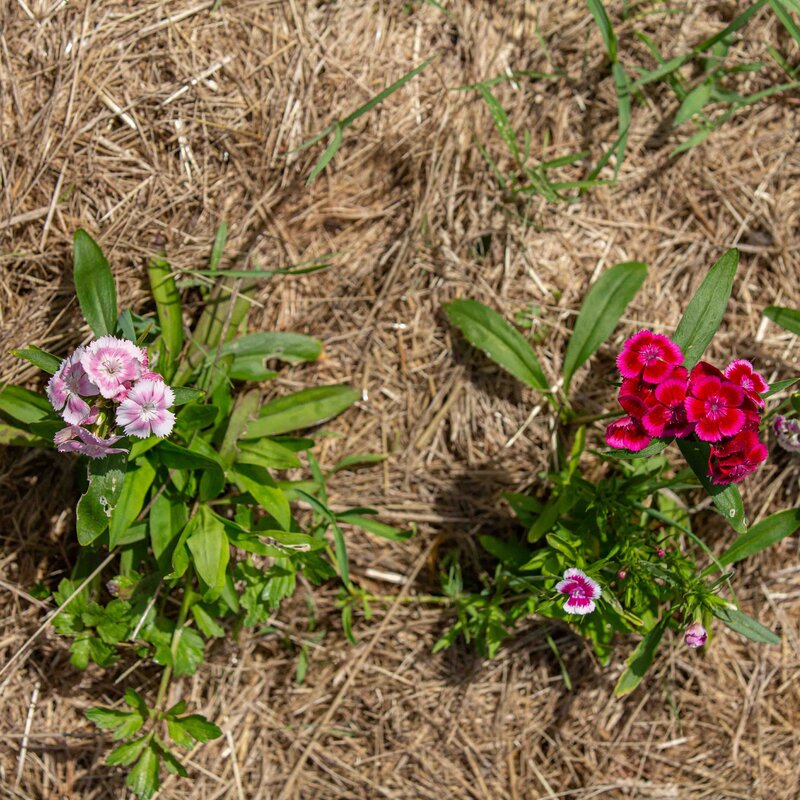Velvet And Lace - Eyelets
This variety offers sumptuous, delicately scented double flowers in shades of pink and velvety purple, edged with a white border. They are highly prized in bouquets of fresh flowers.
Traditional Chinese medicine prescribes it to treat gastrointestinal problems, strengthen blood flow, harmonize menstruation, as a diuretic (dysuria, hematuria, pain, cystitis, gonorrhea, infections...) and to eliminate boils.
Find out more on the Kokopelli blog: "Carnations and other Dianthus in the Pharmacopoeia and Family Magiacopoeia".
These products may also be of interest to you
in bucket
Sow in trays under light cover, at a temperature of around 20°C, 4 weeks before planting. Transplant after the last frosts, 20-30 cm apart in all directions.
Plant Chinese Carnations in a sunny area of the garden, near a window or on a south-facing (or very lightly shaded) terrace. They thrive in moderately chalky soil, provided it is well drained, as they hate stagnant water.
February, March, April
July, August, September
in the ground, in pot
semi-shade, sunny
medium
Dianthus chinensis
mid-season
200 seeds
Pink, Violet
fragrance
From 15 to 30 cm
Dianthus chinensis, the Chinese Carnation, is native to China, Korea, Russia and Mongolia.
In the Traditional Chinese Pharmacopoeia, this species is called "Qu Mai" or "Ju Mai". It is a bitter tonic. The oldest written source of its medicinal use is found in the medical treatise "Shen Nong Ben Cao Jing" - dating from the second century. This species is associated with the Bladder, Heart and Small Intestine meridians. Traditional Chinese medicine prescribes it to treat gastrointestinal problems, strengthen blood flow, harmonize menstruation, as a diuretic (dysuria, hematuria, pain, cystitis, gonorrhea, infections...) and to eliminate boils. This medicinal plant is also used during laborious childbirth to strengthen blood flow and promote uterine contractions. It is therefore not recommended for pregnant women. It is also used as a diaphoretic, febrifuge, haemostatic and abortifacient, and laboratory studies have demonstrated its high biological activity against liver and cervical cancers. A 2012 Korean study highlighted its biological activity against hepatocellular carcinoma. Another study, in 2013, highlighted its biological activity against esophageal cancer. See Xochi's article: Carnations and other Dianthus in the Family Pharmacopoeia and Magiacopoeia










